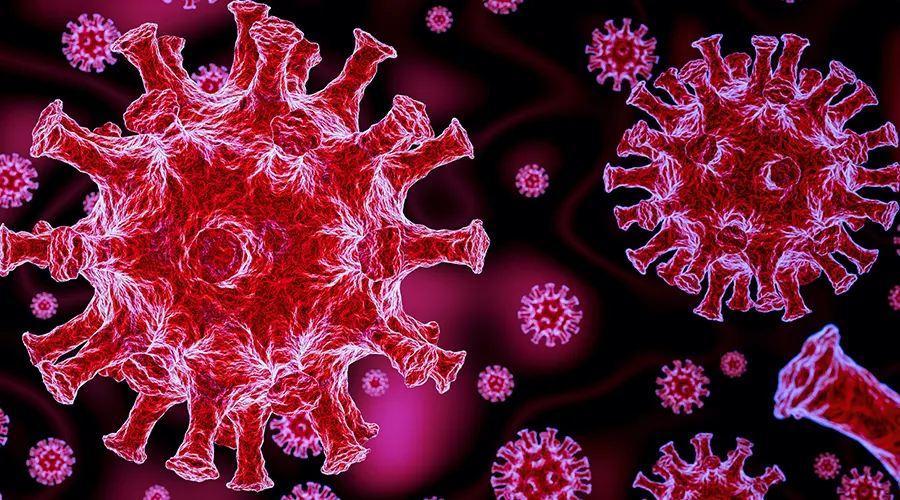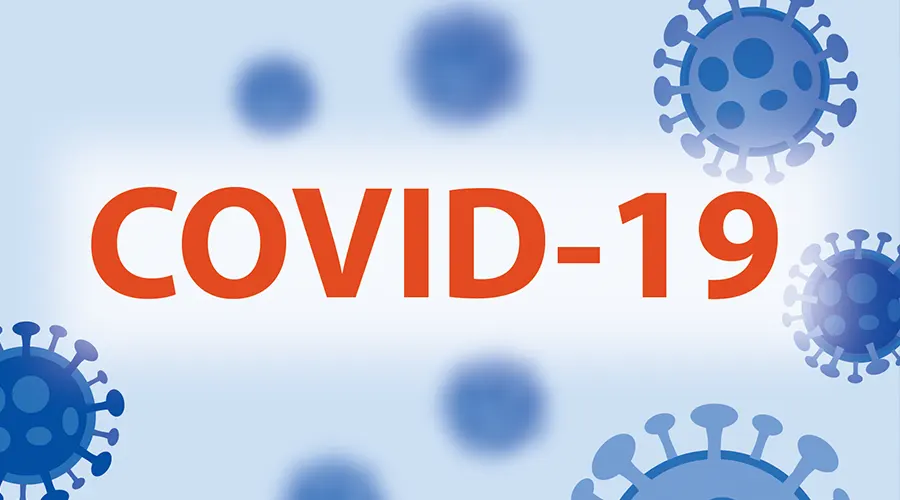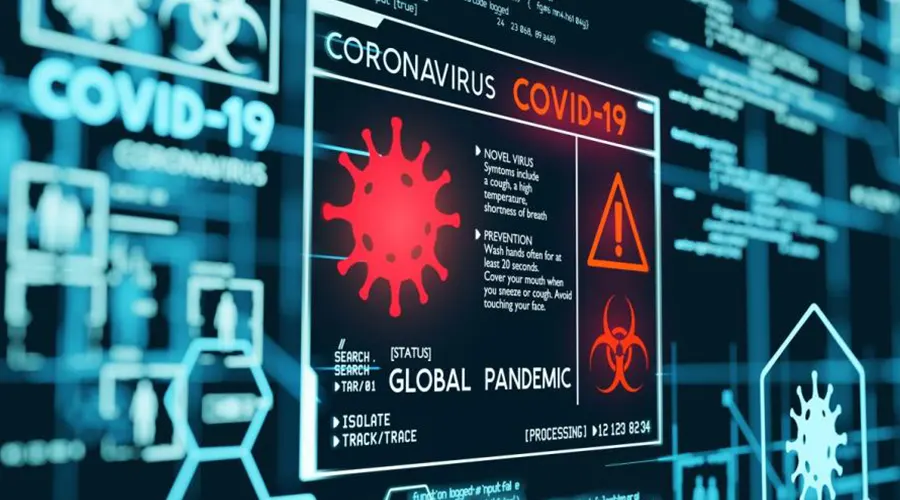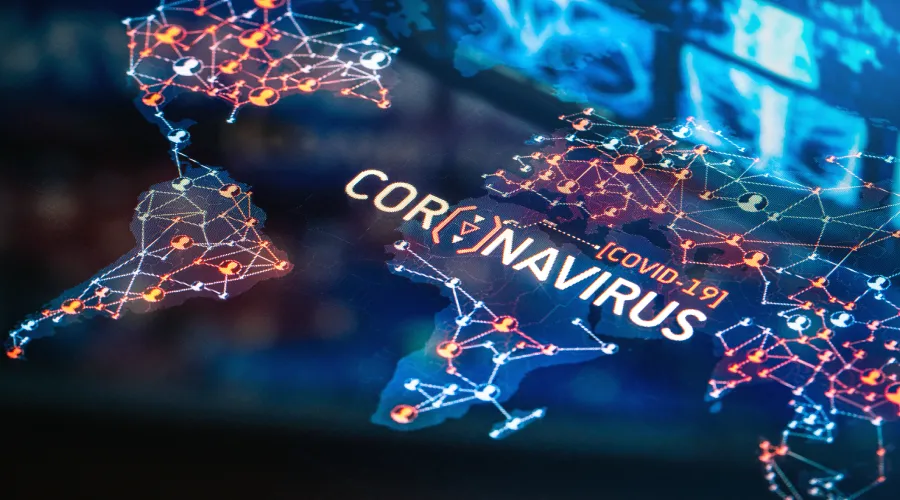Coronaviruses are a class of viruses which can cause respiratory illnesses in humans. They're known as "corona" due to the crown-like spikes that are found on the surface of the virus. Severe acute respiratory syndrome (SARS), Middle East respiratory syndrome (MERS)and"the cold," are instances of coronaviruses that cause illness in humans.
The latest strain of coronavirus SARS-CoV-2 was first discovered by Wuhan, China in December 2019. It's since spread across all countries around the globe.
What You Should Know About Noval Coronavirus And Covid-19
If you are positive for COVID-19and are more likely to get very sick, treatments are readily available, so don't panic and visit the nearest covid-19 Covid Treatment Clinic in Frisco. Finding the most effective treatment could reduce your chances of hospitalization. Don't put off treatment, it must be started within days of the first onset of symptoms to be effective. Other medications canhelp reduce symptoms and help you take care of your illness.

How does the virus get around?
It's likely that the Coronavirus Disease (COVID-19) originated in an animal species, then it spread to humans.
Person-to-person spread of the novel coronavirus has been reported, however, it's not yet understood how quickly this occurs.
Other human coronavirus varieties are transmitted from person to person through droplets of contaminated fluids from an individual who is sick with the illness (through coughing or coughing) or through hands that have been contaminated.
How does the new coronavirus (SARS-CoV-2) spread from person to another?
Coronavirus will likely to cause:
- The virus is spread through respiratory droplets released into the air when an infected person is coughing, sneezing, talksor sings near you. Infected people will take in the droplets.
- You also can get coronavirus through close contact (touchingor touching, shaking hands) with someone infected, and then the contact can be with your face.
COVID-related symptoms in infantsand toddlers. What about children?
Generally, COVID-19 symptoms in kids and babies are less severe than symptoms for adults. A handful of infected children might not have any signs of being sick in any way.
COVID-19 symptoms that affect children and adults are:
- Cough
- Chills or fever
- Shortness of breath or difficulty breathing
- Muscle or body aches
- Sore throat
- A new loss of taste or smell
- Diarrhea
- Headache
- New fatigue
- Nausea or vomiting
- Runny nose, congestion
A few symptoms of COVID-19 thus the flu are also shared and it is difficult to discern which the two is present.
If you are experiencing the same symptoms, which could be similar and seem like covid-related symptoms, however they are in fact an alcohol dependence and not covid-related symptomsYou should not visit your covid treatment centerinstead, you should visit the Alcohol Treatment Options Dallas for your treatment.
"People who have flu-like symptoms need to take care about exposing other people to them and should be tested to determine if they have COVID," Millstone says. Millstone. "Testing for influenza virus could be beneficial, as drugs available can help to reduce symptoms in those with influenza."
Fever and cough are common symptoms of COVID-19 in adult and child populations. Shortness in breath tends to be more likely to be noticed in adults. Children can have pneumonia, without or with no obvious signs. They will also experience sore throat, excessive fatigueor diarrhea.
Howeversevere illness in children with COVID-19 is feasibleso parents must be alert if their child is diagnosed, or displays signs of, the disease.
How long is a person with COVID-19 considered to be
If you've contracted COVID-19, it can take several days before you start to feel symptomshowever, you're still contagious for a period of time. You're no longer contagious within 10 days of when your symptoms started.
The most effective way to prevent spreading COVID-19 to others is to:
- Keep your distance to 6 feet from people when you can.
- Wear a cloth mask that covers your mouth and nose when around people.
- Hands should be cleaned frequently. If soap isn't available, utilize a hand wash which contains at least 60percent alcohol.
- Avoid spaces that are crowded. Open windows to usher into the outdoors as much as possible.
- Keep yourself in isolation if you are feeling ill with symptoms that could be COVID-19 or have a positive test for COVID-19.
- Clean and disinfect frequently touched surfaces.

Do I need to let my kid wear a mask at home?
Your child's health may be the top priority. There may be instances that wearing a mask home is the most safe choice.
If you've had guestsOutdoor gatherings are safer in comparison to gatherings inside. If guests inherit your homeand you're hosting them, it's best for everyone to wear a mask if there isn't enough ventilation or physical distancing of at least 1 meter is not possible to maintain.
Children who exhibit symptoms of COVID-19 need to wear a medical mask reception while in shared areas, as long as they can tolerate it. Family members or caregivers that are within 1 meter of the child's hospitalization should be wearing a medical mask.
Coronaviruses: What do they mean? And the way do they invade cells?
Coronaviruses are single-strandedRNA virus, about 120 nanometers in diameter. They susceptible to mutation and recombination, making them highly multifaceted. There are 40 distinct varieties (see appendix one) and they mostly infect mammals, both human and non-human, as well as birds. They reside in bats and wild birds, and could spread to other animals andhence to humans. COVID-19 is believed to originate in bats and then spread to pangolins and snakes, and hence to humans, perhaps by contamination of meat from wild animals, as the meat market in China.
The corona-like appearance that coronaviruses exhibit is caused by spike glycoproteins, or peplomers, which are necessary for the viruses to enter host cells. The spike has two subunitsThe first subunit, S1connects to a receptor on the cells' surfacewhile the second component, S2, fuses with the cell wall. The cell wall receptor for both SARS-CoV-1 and SARS-CoV-2 is a form of angiotensin-converting enzyme, ACE-2, different from the enzyme that's inhibited by conventional ACE-1 inhibitors, like enalapril and ramipril.
In brief, the S1 component of the spike binds the ACE-2 enzyme on cell wall. The Tran's Membrane serine proteases, TMPRSS2, then activates the spikeand breaks down ACE-2. TMPRSS2 is also a part of the S2 subunit, which facilitates the fusion ofthe virus with the cell wall. The virus then enters the cell. Inside the cell, the virus releases from endosomes through acidification, or by the effect of an intracellular cysteine protease, cathepsin.

Parents should know regarding coronavirus variants in infants and children?
Coronavirus variants, including ones with mutations which make them more infectious, still spread, particularly in areas with low levels of community COVID-19 vaccination.
For children who are too young to be vaccinated (and adults who haven't received coronavirus vaccines) it is important to adhere to COVID-19-approved precautions such as mask-wearing when in public and indoor spaces to reduce the risk of contracting with coronavirus.
"Indoor activities are riskier than outdoor ones, however the risk can be minimized by blocking hand washing, maskingand better ventilation" Millstone says.
Parents and caregivers must be aware that children who are infected by the coronavirus could develop complications that require hospitalization, and can transmit the virus to others.
In rare instanceschildren infected with coronavirus could develop a severe lung infectionand become very sickwith COVID-19, and deaths have been reported. That's why it's important to use precautions and prevent infection in children as much as in adults.



Leave Your Comment